When I sat down to compile my favorite read alouds for teaching story elements, my list just grew and grew. There are so many great story element mentor texts that it was even difficult to narrow down to this list. However, I wanted to include a lot of choices to cover the depth of story elements required in 4th and 5th grade.
In an effort to keep the post short, I am only including a very brief summary of each story. For more information about the story, check out the Amazon listing by clicking the title.

Amazon Affiliate links are included if you wish to purchase the books listed in this post through the links provided.
Before we dive into the read alouds, you will notice that in each image, the read aloud is paired with a suggested graphic organizer. The graphic organizers are optional but really help focus the lesson and help the students organize their thoughts. The graphic organizers are available for purchase in my Story Elements unit which you can see by clicking here.
Read Alouds for Identifying, Describing, and Analyzing Story Elements
The Sweetest Fig by Chris Van Allsburg
Brief Summary: A cold-hearted man is gifted with magic figs which make his dreams come true, but the real drama happens when his dog eats one of the figs.
Suggested Story Element Skill:
Character Traits
Click here to see The Sweetest Fig on Amazon.
Emmanuel’s Dream by Laurie Ann Thompson
Brief Summary: Based on a true story, this read aloud tells the story of a young Emmanuel, born with a deformed leg who would later become a hero for his country.
Suggested Story Element Skills:
Character Traits
Character Response to Challenges
Click here to see Emmanuel’s Dream on Amazon.
Thunder Cake by Patricia Polacco
Brief Summary: A young girl and her grandmother bake a cake to ease the girl’s mind about the approaching storm.
Suggested Story Elements Sills:
Describing Basic Story Elements
Summarizing
Comparing Character Reactions
How Setting Affects Plot
Click here to see Thunder Cake on Amazon.
Enemy Pie by Derek Munson
Brief Summary: When a new neighbor boy moves in, he becomes the main character’s number one enemy, but all that changes when his dad comes up with a plan to make an enemy pie.
Suggested Story Element Skills:
Problem and Solution
Summarizing
Click here to see Enemy Pie on Amazon.
Don’t Say Ain’t by Irene Smalls
Brief Summary: Set in the 1950s, the main character struggles to fit in at her new school while remaining close with her childhood friends.
Suggested Story Element Skills:
Characters
How Setting Affects Characters
Click here to see Don’t Say Ain’t on Amazon.
New Shoes by Susan Lynn Meyer
Brief Summary: Set in the South during segregation, a young girl and her friend make a plan after they are not allowed to try on shoes in a store because of the color of their skin.
Suggested Story Element Skills:
Problem and Solution
Character Response to a Challenge/Conflict
Click here to see New Shoes on Amazon.
Freedom Song by Sally M. Walker
Brief Summary: Born a slave, Henry must do the unthinkable- mail himself to freedom in a box, after his wife and children are sold.
Suggested Story Element Skill:
Clear plot structure with exposition, rising action, climax, falling action, and resolution.
Click here to see Freedom Song on Amazon.
Probuditi! by Chris Van Allsburg
Brief Summary: After attending a magic show, a young boy hypnotizes his sister into thinking she is a dog and must return her back to normal.
Suggested Story Element Skill:
Clear plot structure with exposition, rising action, climax, falling action, and resolution.
Click here to see Probuditi on Amazon.
Read Alouds for Comparing and Contrasting Story Elements
The Can Man by Laura E. Williams
Brief Summary: A young boy earns money for his birthday by collecting cans, and leaving little to no cans for the local homeless man who collects cans as a means of earning money.
Suggested Story Element Skills:
Compare and Contrast Characters
How a Character Responds to a Challenge
Click here to see The Can Man on Amazon.
Hey, Al by Arthur Yorinks
Brief Summary: Unhappy with their living conditions, a man and his dog are sent to paradise, but soon find out that it is not all they thought it would be.
Suggested Story Element Skills:
Compare and Contrast Settings
Effects of Setting
Compare and Contrast Character Reactions
Character Changes
Click here to see Hey, Al on Amazon.
Verdi by Janell Cannon
Brief Summary: A young yellow snake doesn’t want to grow up to be a big, green snake, who are everything he doesn’t want to be.
Suggested Story Element Skill:
Comparing and Contrasting Characters
Click here to see Verdi on Amazon.
I love Saturdays Y Domingos by Alma Flor Ada
Brief Summary: A young girl goes back and forth between two very different “worlds” as she visits her European-American grandparents one day and then her Mexican-American abuelitos (grandparents) the next day.
Suggested Story Element Skill:
Compare and Contrast Characters, Settings, and Events
Click here to see I Love Saturdays y Domingos on Amazon.
Read Alouds Specific for Teaching Somebody Wanted But So Then for Summarizing Plot
Miss Rumphius by Barbara Cooney
The Other Side by Jacqueline Woodson
The Hard-Times Jar by Ethel Footman Smothers
Click on each title above to see the book on Amazon.
Tips for Finding/Collecting the Story Elements Read Alouds
Some of the books can be pricey, especially if you are buying them yourself. Here are some recommendations:
- Check with your media specialist to see if the books are available and to see if she has money in the budget to buy books specific for teaching the standards.
- Check with your local library about availability.
- Go in with your grade level and purchase a handful of the books to share.
- Hold a fundraiser for the specific purpose of purchasing new read alouds. Check out fundraising ideas by clicking here.
Teaching Story Elements with Graphic Organizers
As mentioned previously, I like pairing graphic organizers with read alouds when I teach story elements. Not only are graphic organizers an excellent way to help focus a read aloud lesson, they can also be placed in a reading center with the picture book for the students to complete.
To purchase all of the graphic organizers shown in this post, click here or on the image below. These are a part of a huge resource pack that specifically focuses on story elements and also includes posters, passages, and other activities for teaching story elements.
Next Steps for Teaching Story Elements
After practicing identifying, describing, and comparing story elements with read alouds, we move into doing this with passages that the students read independently or with partners. I use the passages in my Story Elements pack referenced above.
After the students have mastered the skills, they are then spiral reviewed through guided reading groups, other read alouds, and students’ reading response journals.
For me, the ultimate goal of any set of lessons is that the students can generalize and transfer that skill knowledge to their own independent reading. By having the students (once a week to every other week) write responses to their reading (through reader’s response letters, graphic organizers, book talks, etc), the students will be regularly revisiting this skill in a more authentic way, which will help them master it with any text they read in the future.
Do you have any other recommended read alouds to teach story elements? Tell us the name and specific skill in the comments!
Shop This Post
More Read Aloud Blog Posts:
Read Alouds for Teaching Inferences
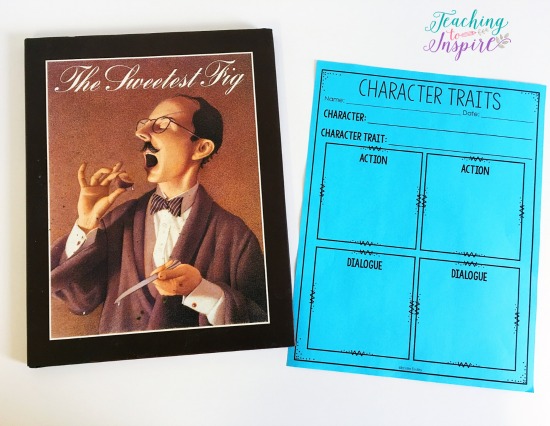
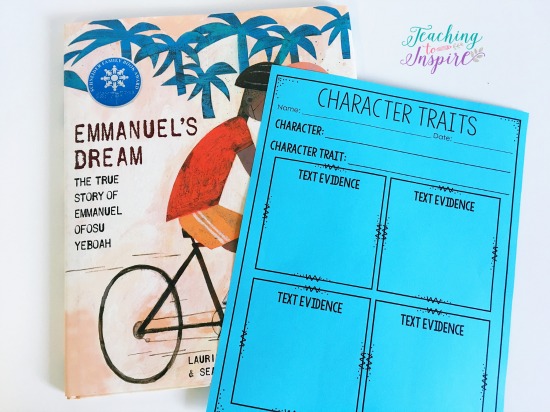
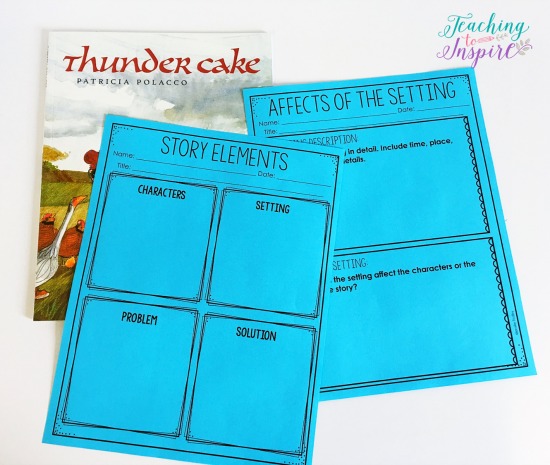
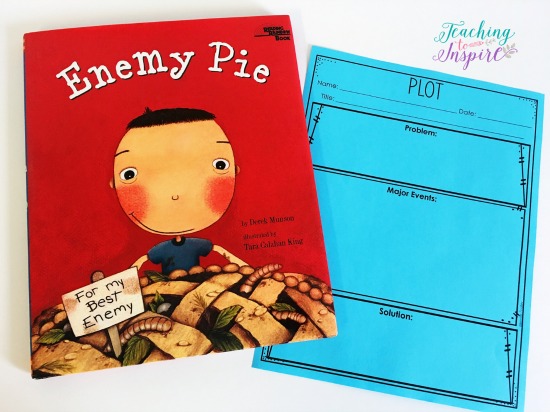
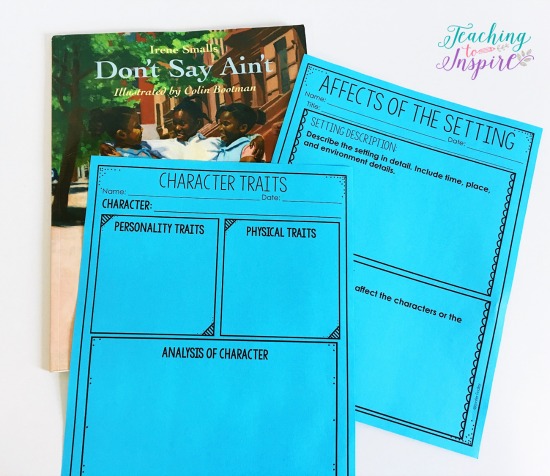
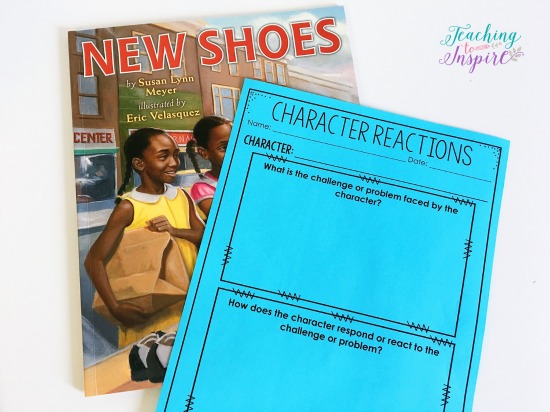
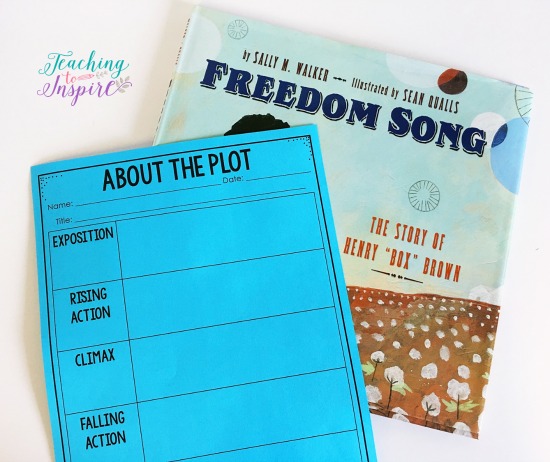


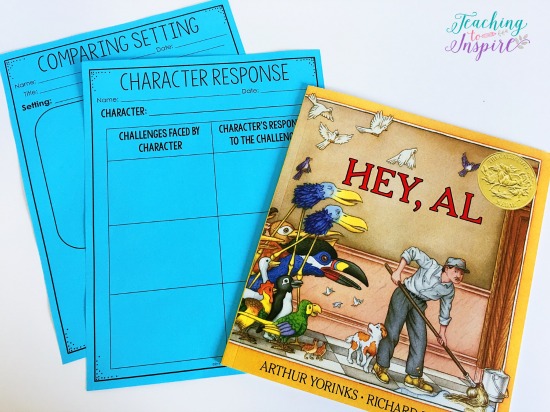

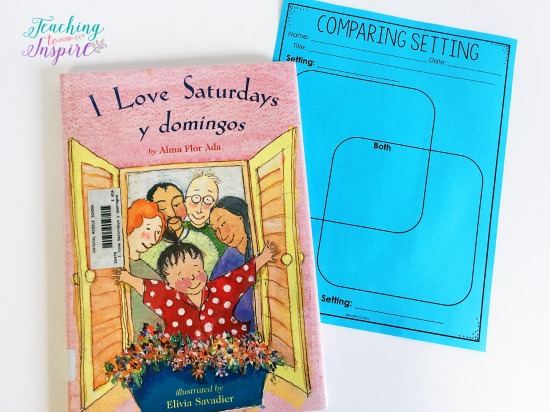
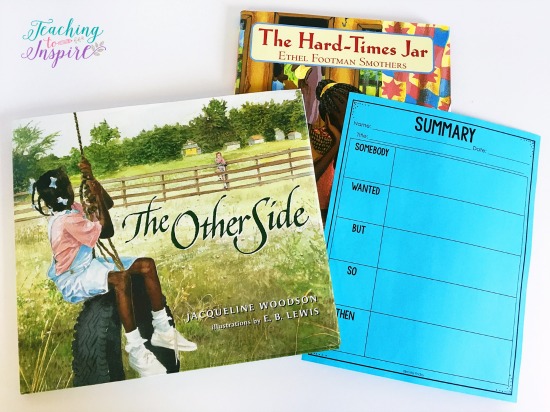
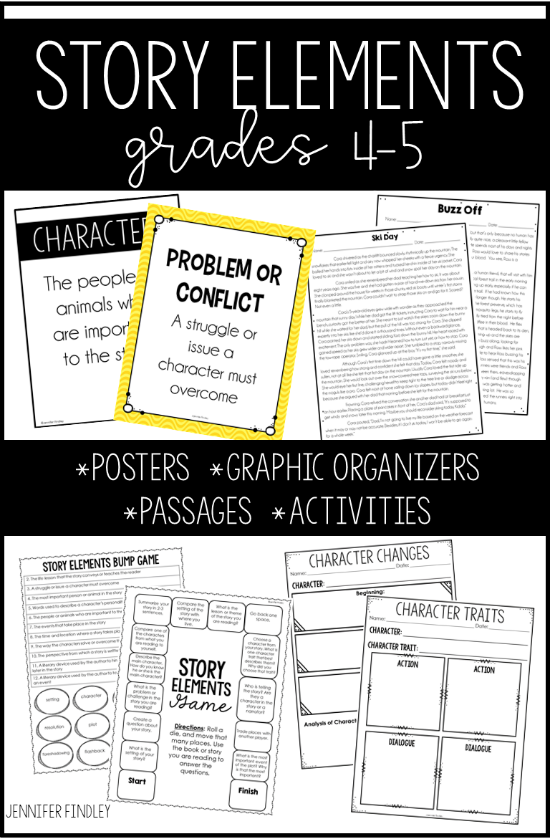
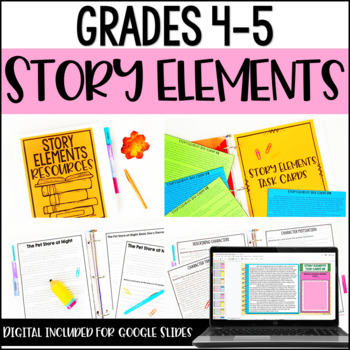
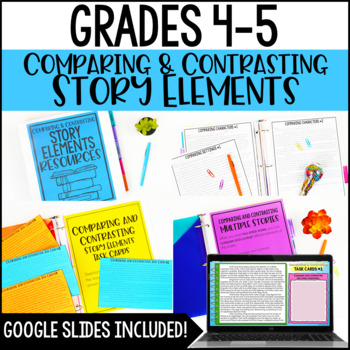
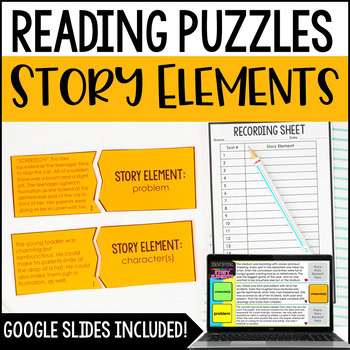







Hi Jennifer!
Do you teach each story element with the read alouds and then the passages? For example do you teach character traits with the read alouds then have the students do the passages that align just with character traits. Or do you teach all of the story elements with the read alouds and then move on to the passages for all of the story elements? Hopefully my question makes sense! hahaha
Hi Bre, it depends on the skill and how much more explicit practice is needed.
For example, when teaching character traits, we would do a read aloud, then the students would be asked to determine the character trait and provide evidence based on the book they are reading. Depending on how well they do this, we may practice with a passage.
For the most part, I follow this sequence:
Read Aloud
Independent Reading Application
Passage Practice
I follow this sequence for teaching:
Basic Story Element Overview
All About Characters (Traits, Changes)
Plot (Problem/Solution, How Characters Respond to Events/Challenges in the Plot)
Setting and How it Affects Characters and Events
I may do 1-2 read alouds for basic story elements and then independent application/passage before moving on to the next set of skills.
Hope that helps!
Where can I find the graphic organizers? 🙂
Never mind 🙂 my screen didn’t load that part of the blog. Thank you for this!
Great list. I’d consider adopting these technique. I love your blog by the way. Thanks for sharing!
Can you give me an example of what your mini lesson looks like in a 5th grade classroom? I just bought your 4-5 Story elements, and I am looking for a little help.
I love how your mentor books also show a variety of diversity. I’m building my library as a 2 for 1 with your suggestions. And I love Chris CanAllsburg and have most of his books already.
He is one of my favorite authors! Glad you liked the suggestions!
I follow this sequence for teaching:
Basic Story Element Overview
All About Characters (Traits, Changes)
Plot (Problem/Solution, How Characters Respond to Events/Challenges in the Plot)
Setting and How it Affects Characters and Events
I may do 1-2 read alouds for basic story elements and then independent application/passage before moving on to the next set of skills.
Jennifer I am so grateful you were suggested for me! Thank you. Above is your sequence for teaching, but there are so many other standards that need to be taught, when do you fit in the other reading skills such as main idea, inferencing, etc. I tend to teach the skill in isolation and then practice continuously as the skills/elements come up in text, but do you suggest a natural sequence for all? I’m sure this is something that could be done a number of ways.
Also, do you mind discussing the types of passages you use to practice the skills and where you get them? Thank you again.
Do you have these in a list that I could get? We are writing a grant for picture books to teach the standards and your list includes everything we need.
Hi, I am using Probuditi! to teach plot elements but am having a diffiult time pin pointing the different elements in the story. What would you say the “climax” is of Probuditi? Would it be when they return home after failing to find out the magic word from Lomax?
How can I find the sheets that go with these books? I have searched your TpT account and cannot find them. Is there any way you can link them?
Hi Abby!
You can find them here: https://www.teacherspayteachers.com/Product/Story-Elements-Activities-with-Google-Slides-for-Distance-Learning-2270034
Thanks so much!
I purchased the Story Elements pack today and I’m hoping to use it next week to teach character traits, motivations, and events. I chose to read The Sweetest Fig. Can you give me a little more insight of how you would use this particular book in your classroom?
I’m struggling to find *more* good mentor texts for the compare and contrasting bundle! Any suggestions?